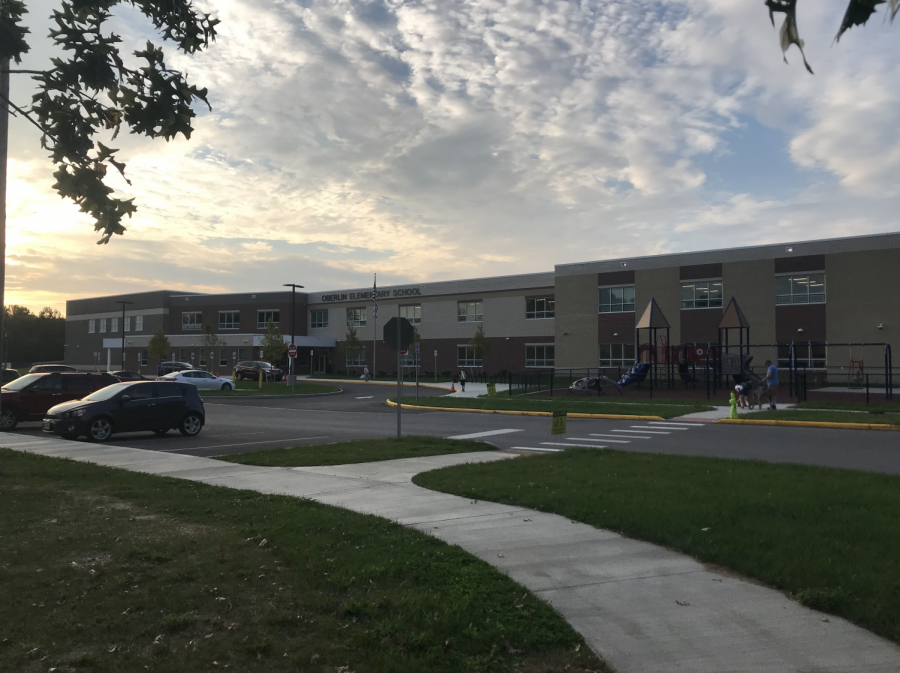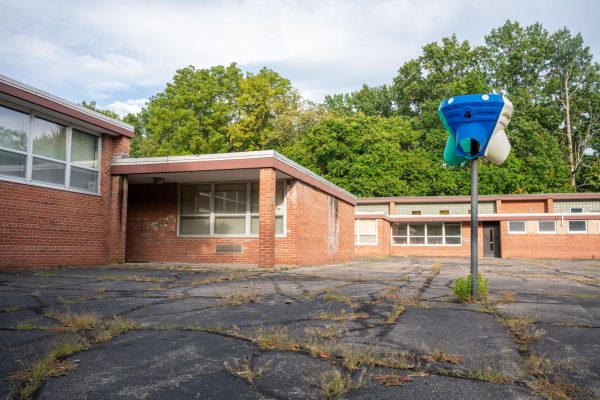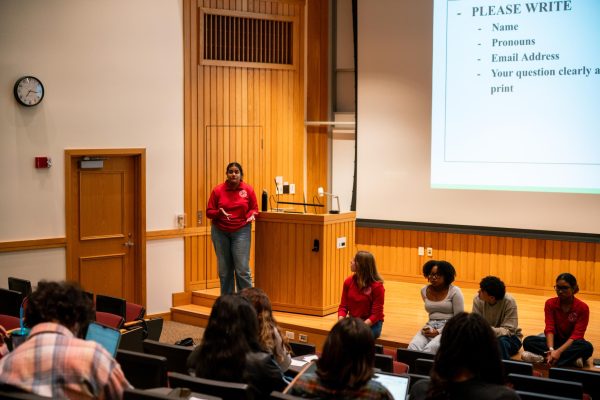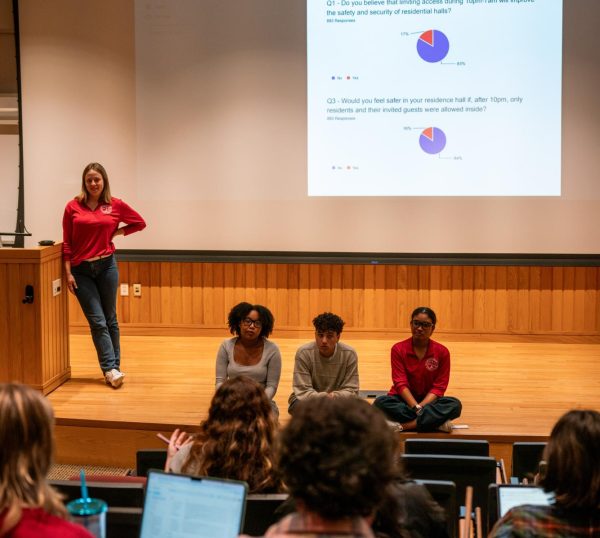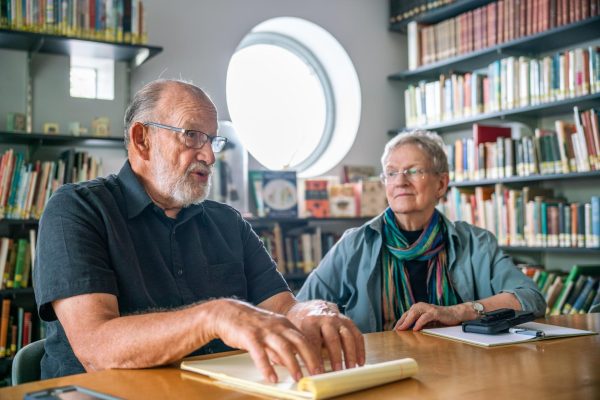Oberlin City Schools Unveil New Elementary School, Green Updates
4. Oberlin City Schools recently unveiled the new Oberlin Elementary School, which opened at the start of this academic year to all elementary-aged students in the city.
The newly completed Oberlin Elementary School, which cost $17.8 million, was unveiled in a ceremony on Sep. 12 as students fully returned to in-person classes. The opening marks the completion of the first phase of Oberlin City Schools’ five-year school consolidation plan, aimed at combining the entirety of OCS into one cost-efficient and environmentally sustainable campus to accommodate a smaller student population.
The funding for the school was mainly provided by a controversial bond issue passed in November 2018, which enabled the City of Oberlin to buy bonds totaling $17,760,000 for the construction of the school. These bonds will then be repaid by Oberlin taxpayers over a 37-year period through an increase in property taxes that will be adjusted over time to correlate with changes in housing prices.
“What happened is that in November of 2018, taxpayers passed a bond issue for $17,760,000,” said Robert Rinehart, OCS treasurer. “In essence, they justified us buying bonds for that amount. They gave us permission to go into debt saying that they would repay it over the next 37 years.”
The funding allowed OCS to build the new elementary school, which consolidated students from Prospect Elementary School and Eastwood Elementary School into one building. The new location is immediately next to Oberlin High School, bringing the two campuses closer together. The second phase of the project will involve the construction of a new building for grades 6–12.
The bonds also allowed OCS to implement the school’s sustainable infrastructure — the elementary school contains a solar array, which will purportedly generate 80 percent of the school’s power, air conditioning for all classrooms, and five electric vehicle power stations for public use.
“We have an Environmental Dashboard that is connected to the vehicular charging stations, the solar array, [and] meters in the school and the community as well,” said David Hall, OCS superintendent. “We have more data coming in than previously, and we can then incorporate that into a wide range of curriculum.”
With assistance from Paul Sears Distinguished Professor of Environmental Studies and Biology John Peterson, OC ’88, the school district incorporated the interactive Environmental Dashboard, which aggregates the energy usage of both school and community infrastructure. The data from this dashboard can then be applied to a large amount of the school’s curriculum, from the social sciences to mathematics, giving students the opportunity to apply firsthand skills they learn in the classroom.
The Environmental Dashboard has been crucial to saving the school district money by revealing inefficiencies in various school buildings. In one such case, students were the first to notice a water leak that created an irregularity in the Environmental Dashboard.
“We actually found a [water] leak because of the Environmental Dashboard,” Hall said. “Students actually asked ‘Why is this area using so much water?’ and brought it to our attention. We then got the City involved, and they were able to shut it off.”
OCS also received grants from the Environmental Protection Agency for the electric charging stations, as well as support from Oberlin College’s Green EDGE Fund to support the implementation of solar panels.
For Linda Slocum, president of Oberlin City Council, the solar array is a particularly impressive achievement given the way it reveals the support OCS receives from the community in their pursuit of sustainability.
“On my list of things that I feel were most significant during the time I was on council is that the City was able to help the schools with their solar array,” Slocum said. “I love it for everything that it is.”
Yet, according to Hall, developing all of the school’s environmental infrastructure has led to a degree of uncertainty. There is no full guarantee that the solar array will produce 80 percent of the power for the school, and OCS is not sure whether the electric-vehicle charging stations will be heavily used. Nonetheless, Hall hopes the amount of data the school receives will prove transformative in the environmental education of Oberlin City Schools’ students.
“I know we mentioned that we expect the solar array to produce 80 percent of the power,” he said. “Let’s see if that really happens. … We’re not really sure what data will come out, but it will be good data for us to utilize.”
The unveiling of the new school also coincided with a return to in-person classes for all of OCS, an unprecedented adjustment for the students. Hall noted that the vast majority of pupils and parents opted for in-person instruction.
“We did have an online option for some of our students, and we’ve had probably less than 10 kids apply for an online option,” Hall said. “I think it’s been a blessing to have everyone back.”


